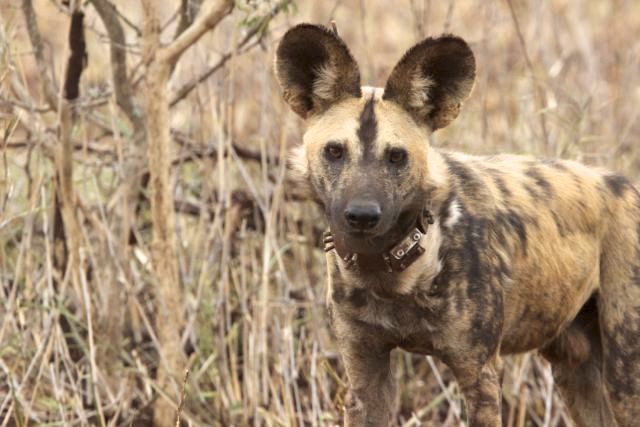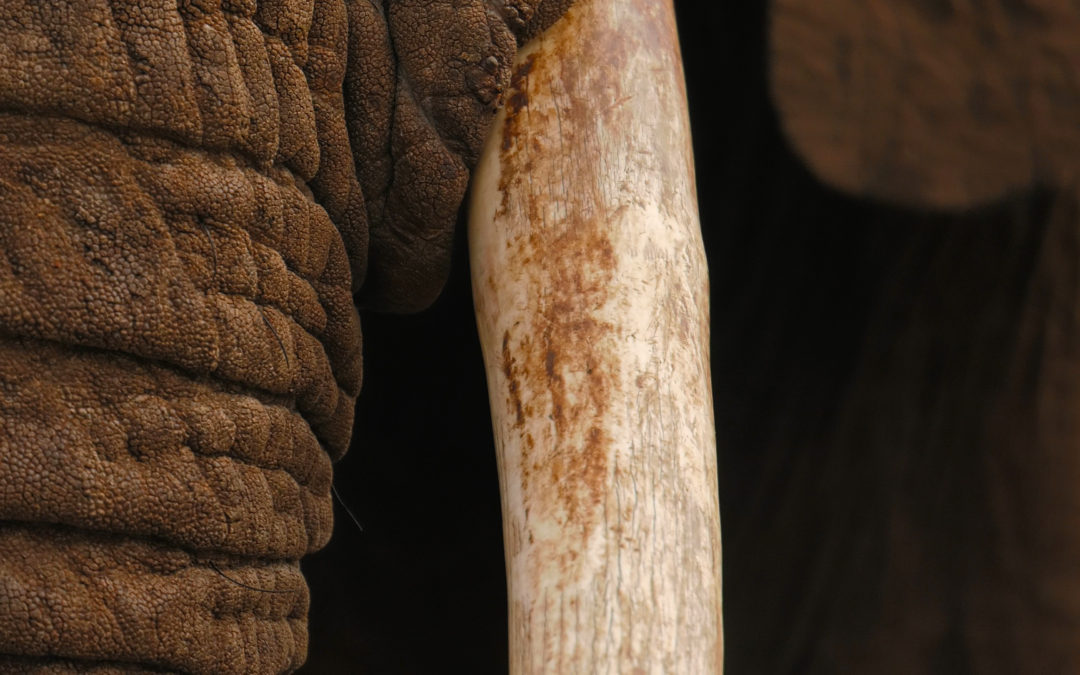![]() As a photographic volunteer for The Wildlife Act, we were scouting the Zimanga Game Reserve, near Mkuze South Africa, for wild dogs. We had been on the rocky trail for a few hours when we identified a pack of six wild dogs. We instantly noticed that two of the six were injured. Both injured dogs had a limp in their front quarter that was clearly hampering their ability to keep up with the rest of the pack.
As a photographic volunteer for The Wildlife Act, we were scouting the Zimanga Game Reserve, near Mkuze South Africa, for wild dogs. We had been on the rocky trail for a few hours when we identified a pack of six wild dogs. We instantly noticed that two of the six were injured. Both injured dogs had a limp in their front quarter that was clearly hampering their ability to keep up with the rest of the pack.

We followed the dogs for quite a long period of time as they trotted down a long, straight, two-track road. As the alpha male stopped to assess the variety of smells along the way, the injured dogs took every chance they could to lie down and rest. We took these opportunities to photograph the injured dogs and tried to identify the possible source of their injury.
Over the course of the next half hour, we followed the dogs as they strategically made their way along the road, and adrift the sickle brush, in a formation that is indicative of hunting.
Eventually the dogs emerged from the thicket only to find themselves face to face with a herd of elephants. There were approximately fifteen of them and they weren’t pleased that the pack of wayward dogs had entered their area. The dominant “tusker” took the lead and gathered the others into a group. The adult elephants placed the adolescent elephants between themselves and proceeded to cross their trunks, much like a web, in order to create a barrier and defend the little ones.
The dogs meandered as if they had no concerns, but the elephants were none too pleased with the dog’s presence. The dominant male elephant presented his ears and started to charge the dogs with the rest of the elephants in tow. Due to their immense size, the elephants gave the illusion that they were moving in slow motion, but lets not be mistaken, these elephants were moving at about 30km/hr.
 The dogs casually paced away from the giants, remaining just out of danger from the charging pack. It was almost as if they were taunting the elephants. After a short period of time the dogs stopped running and preceded to rest, seemingly, a safe distance from the angry elephants.
The dogs casually paced away from the giants, remaining just out of danger from the charging pack. It was almost as if they were taunting the elephants. After a short period of time the dogs stopped running and preceded to rest, seemingly, a safe distance from the angry elephants.
As we sat and watched, fascinated, we realized that the elephants were obviously not satisfied with their effort to dispatch the dogs. Again the elephants banded together and proceeded to charge the dogs for a second time! Much to our amazement, the alpha male dog immediately identified the vehicle, from which we were taking pictures, as safe haven and led the rest of the dogs behind it to take refuge. As they quickly darted behind the vehicle, we realized that the dogs had placed us between them and the hostile elephants. It was truly a testament to the decision-making ability of this very young alpha male. At a mere year and a half old, this dog is wise beyond his years.
 Meanwhile, as the dogs gathered behind the truck, our group of photographers found ourselves in a perilous situation. There we were, standing in an open back truck while ten elephants loomed in a united front stamping, fluttering their ears, and trumpeting in a threatening manner. It was difficult to feel comfortable standing our ground, but it was required. When encountering elephants the worst thing to do is retreat. The stand off lasted for about five minutes, all the while, the elephants kept encroaching on our vehicle.
Meanwhile, as the dogs gathered behind the truck, our group of photographers found ourselves in a perilous situation. There we were, standing in an open back truck while ten elephants loomed in a united front stamping, fluttering their ears, and trumpeting in a threatening manner. It was difficult to feel comfortable standing our ground, but it was required. When encountering elephants the worst thing to do is retreat. The stand off lasted for about five minutes, all the while, the elephants kept encroaching on our vehicle.
Finally the dogs had enough entertainment and trotted off into the distance as if nothing had ever happened. The same can’t be said for our group however. We all spent the next thirty minutes calming our hearts and discussing how fortunate we were to have experienced such an encounter. It is indeed rare to be a part of such a scene. What a blessing.
By: Byron Goggin, Photojournalist

